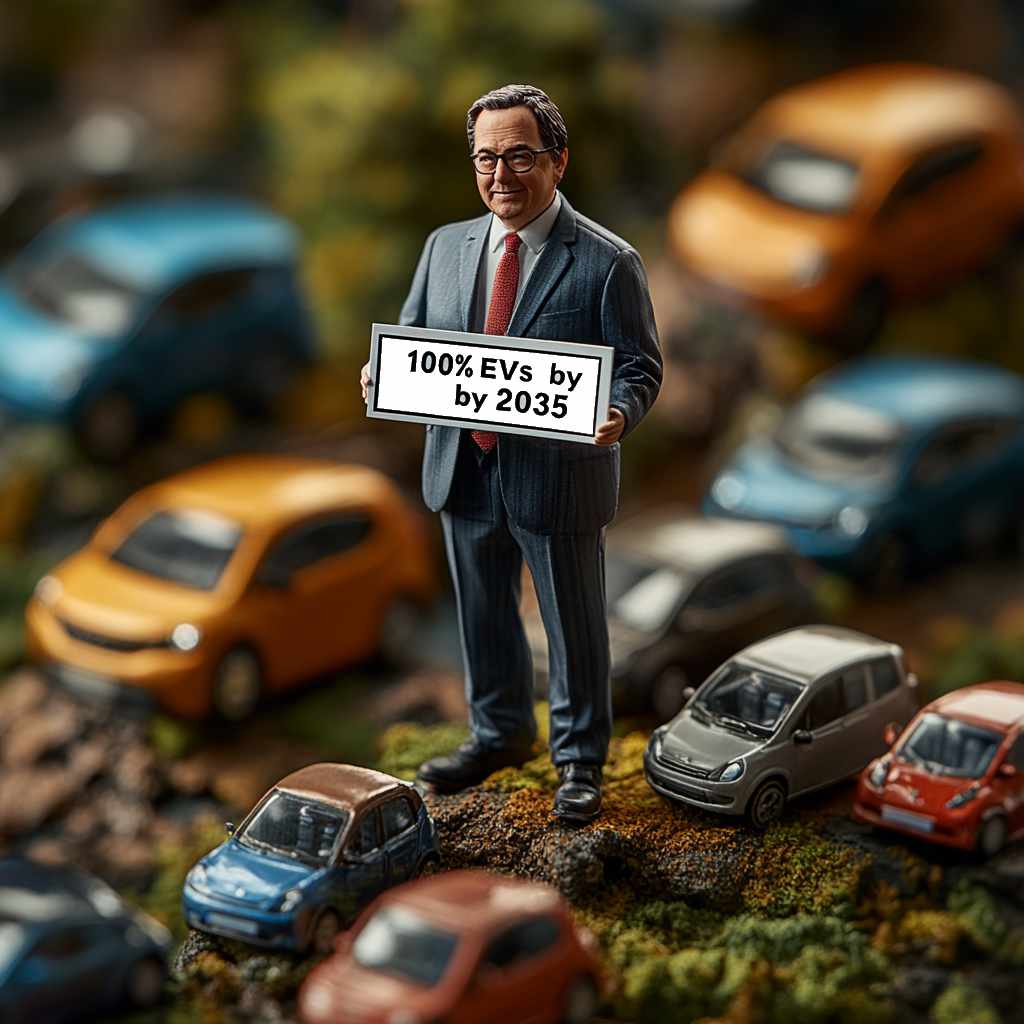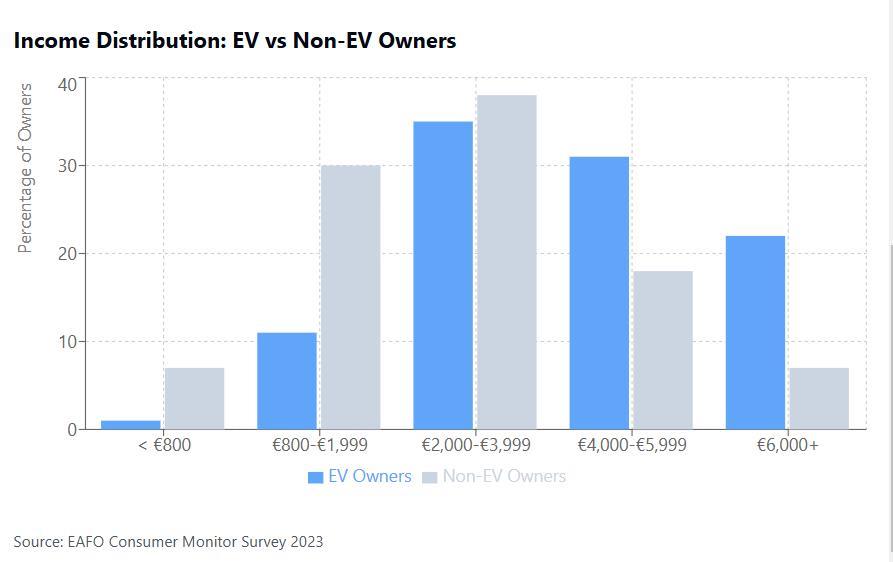· Amy Cancryn · press · 3 min read
NexisNeo in Transit Tomorrow: Understanding the EV Adoption Green Divide
When sustainable transportation becomes a luxury rather than a practical solution, we create a 'green divide' that undermines the very purpose of the EV revolution. Featured in Transit Tomorrow's expert roundup, NexisNeo founder Amy Cancryn discusses how current EV pricing structures keep clean mobility out of reach for 80% of households.

Last week, Transit Tomorrow featured NexisNeo in their expert roundup on electric vehicle adoption challenges. While infrastructure and technology often dominate these discussions, our contribution highlighted a critical but frequently overlooked barrier: the growing “green divide” in sustainable transportation.
Beyond the Infrastructure Debate
The EV adoption conversation typically centers around charging infrastructure, grid capacity, and battery technology. However, our research at NexisNeo reveals a more fundamental challenge: affordability.
As quoted in Transit Tomorrow:
“The biggest barrier to EV adoption is affordability. While EVs are technically impressive, they remain out of reach for 80% of households at current price points, even with government incentives. This creates a ‘green divide’ where sustainable transportation becomes a luxury rather than a practical solution.”
Understanding the Green Divide
Drawing from our research into European EV markets, we’ve identified several key factors perpetuating this divide:
- Price Point Misalignment: Current EV pricing structures target affluent early adopters while excluding the majority of potential buyers
- Incentive Inefficiency: Government subsidies often benefit those who need them least
- Infrastructure Inequality: Access to home charging remains a privilege tied to housing type and location
- Market Strategy Gaps: Automakers’ focus on premium segments delays the development of truly affordable options
The Technology Adoption Paradox
Like any new technology—from smartphones to flat-screen TVs—EVs start as luxury items before economies of scale and innovation bring prices down. However, EVs face unique challenges:
- Infrastructure Dependencies: Unlike other technologies, EVs require substantial public infrastructure
- Policy Complexities: Emissions targets and regulations add layers of complexity to market development
- Social Impact: Transportation access directly affects economic opportunity and quality of life
Rethinking Market Development
For EVs to achieve true mass-market adoption, we need to:
- Develop more inclusive financing models
- Create incentive programs that prioritize middle and lower-income households
- Design charging solutions for multi-unit dwellings
- Build community-based support systems for new EV owners
Looking Forward
This feature in Transit Tomorrow supports what we’ve observed in our previous analysis of the “Green Divide” and its impact on EU policy. As we continue helping innovative companies achieve faster market adoption, addressing these socioeconomic barriers remains central to our strategy.
The transition to EVs is about ensuring everyone can participate in the sustainable transportation future. Until we address affordability, the promise of clean mobility will remain unfulfilled.
Related Articles in Our Green Divide Series:
- The Green Divide: How Income Inequality Shapes EV Adoption in Europe (Part 1)
- The Green Divide: How EU Policy Misalignment Creates Political Risk (Part 2)
- The Climate Hunger Games: Why Spain’s EV Policies Are Stacked Against Average Citizens
Interested in making your cleantech innovation accessible to a broader market? Contact us to schedule a consultation.
Read the full Transit Tomorrow article here.



